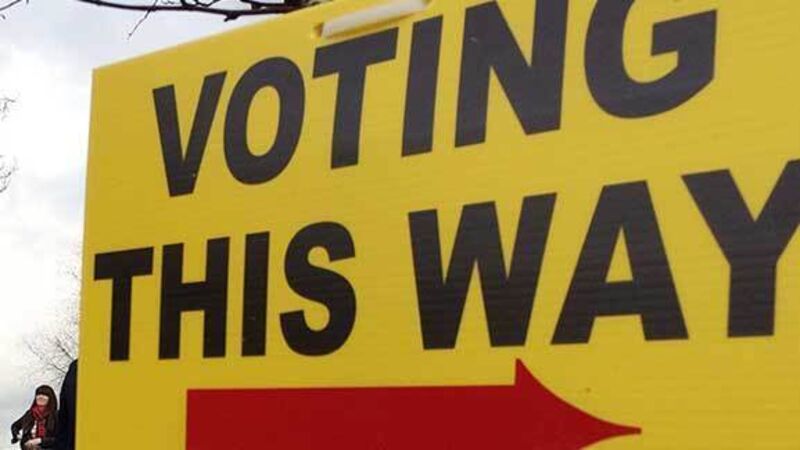Brexit deadlock: This three-way referendum design could break it

The 2016 EU referendum resulted in a marginal victory for Brexit and a divided nation. After two years of negotiations, politicians and voters seem further divided. The final decision may now be put back in the hands of voters in another referendum. So how could such a referendum produce an outcome to settle the debate? Or at least, could we design a referendum that will not be perceived as an effort to overturn the 2016 decision? The answer is not easy, and different designs lead to different outcomes. As we however argue, while certain designs favour consensus, others may lead to further divisions.
Consider the three available options on a scale running from anti to pro-EU. The two options of remaining in the EU or exiting without a deal lie at the two extremes of the scale. Leaving the EU with the negotiated deal lies somewhere between. This would make a two-option referendum controversial so a three-option vote might be preferable. However, that raises the question of how you get a meaningful mandate.











